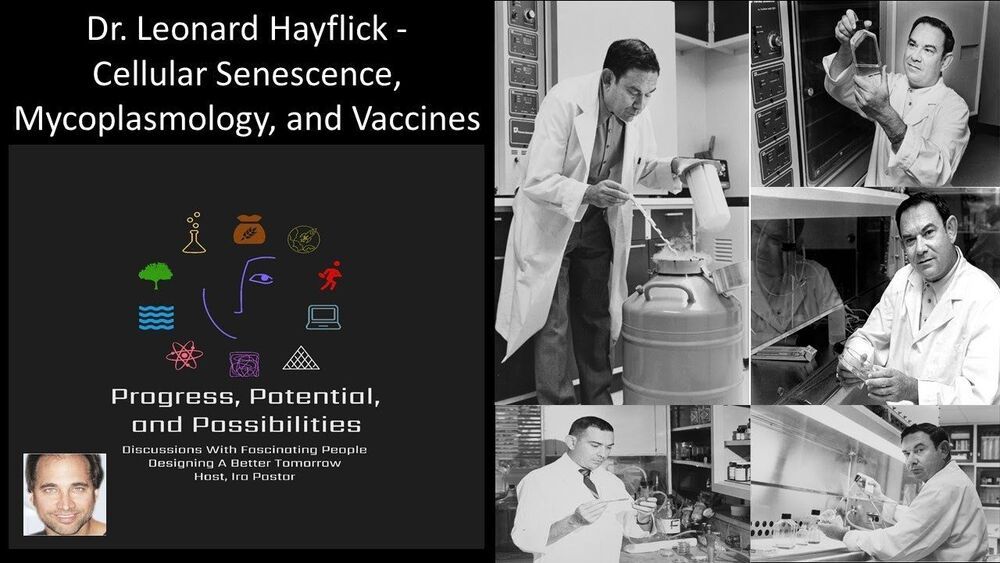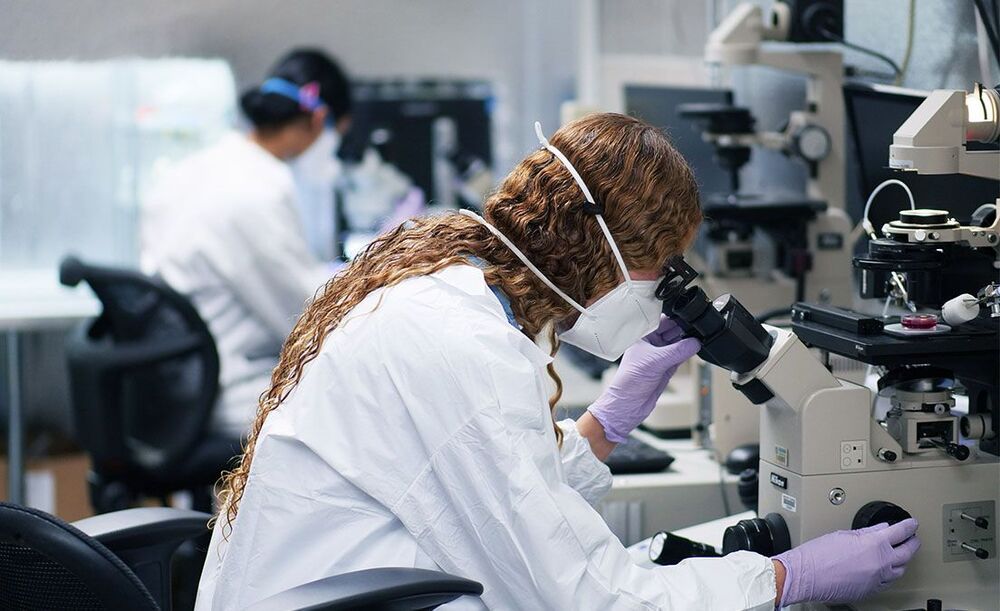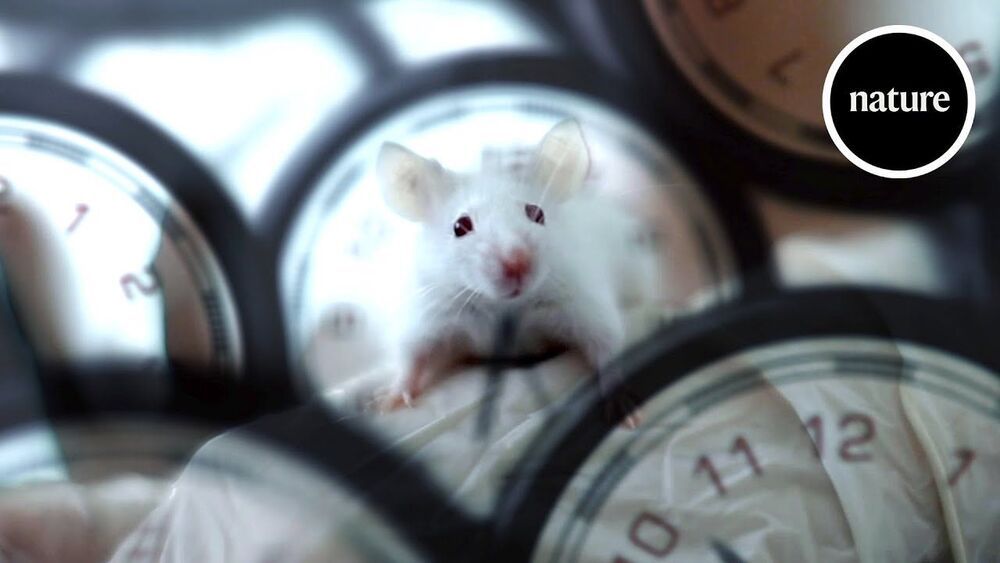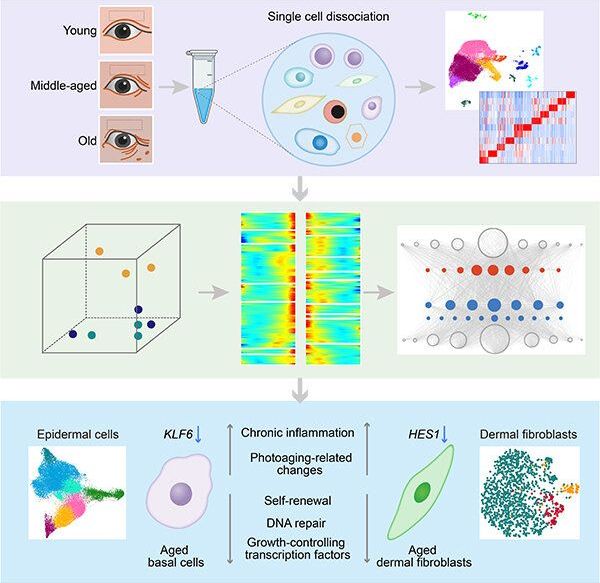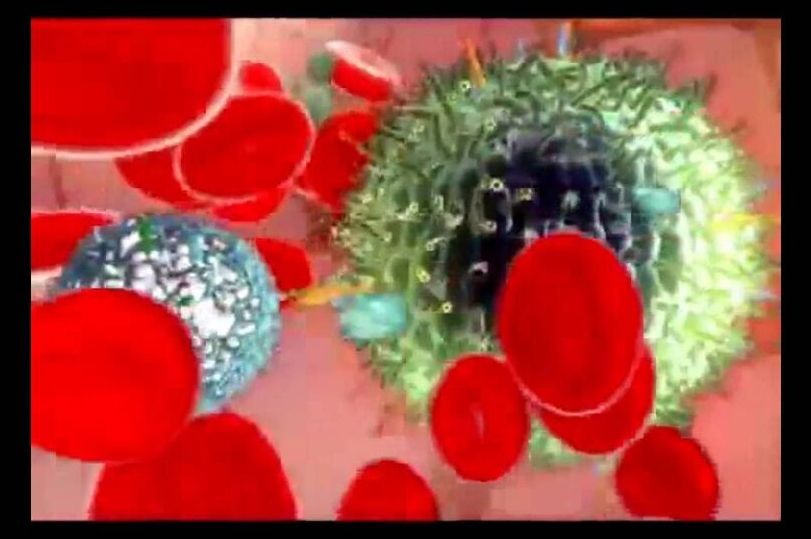Dec 6, 2020
The Immortality Key — Brain Muraresku — The Secret History Of The Religion With No Name
Posted by Ira S. Pastor in categories: biotech/medical, law, life extension, neuroscience
Brain Muraresku, author of “The Immortality Key — The Secret History Of The Religion With No Name”, discussing his fascinating journey to discover psychedelic potions from antiquity, reconstruct their history in the development of religion and civilization, and their development into a modern neuro-pharmacopoeia.
On today’s show we are going to be weaving together a really interesting range of themes including psychedelics, pharmacognosy and medicinal botany, history, religion & spirituality, end of life care, dreaming, mental health and a whole lot more.



